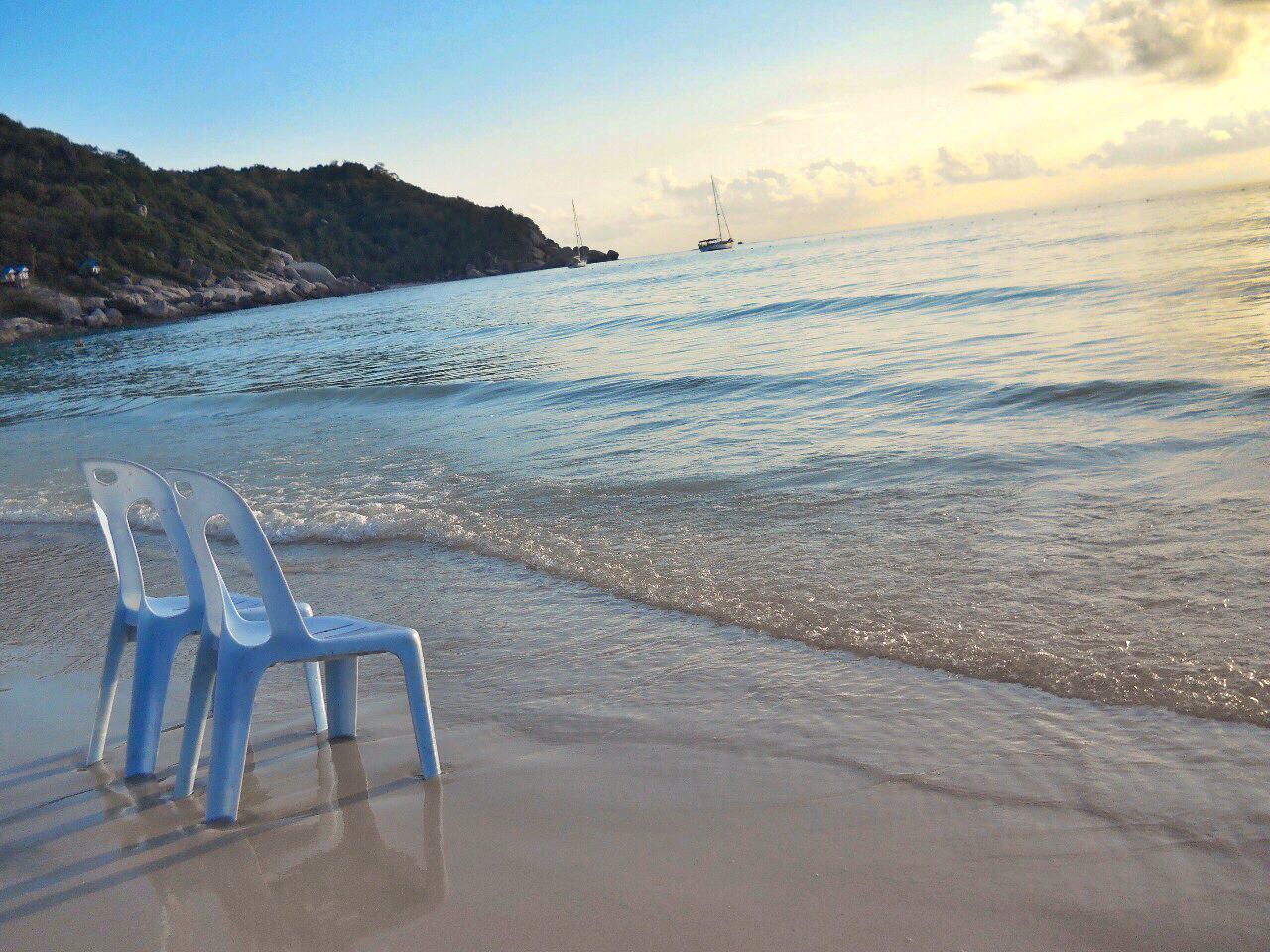As a homeowner, it’s important to wholly enjoy your hot tub to its fullest, particularly considering the investment. In that vein, the investment must be cared for so that the unit functions smoothly with a long life.
Many people question how long a spa will last when considering a purchase and if the investment will be worth it. Fortunately, with adequate hot tub care, the system can last for an extended lifespan.
With an adequate schedule set up for maintenance along with sufficient chemicals and supplies, care of the spa can be relatively straightforward. That will not only mean longer-lasting equipment but a safer, healthier system free of bacteria and germs.
The tub size, frequency of use, and proper use will help determine the schedule. Some things will only need annual maintenance, others monthly, and the rest will be done weekly. Testing the water is recommended following each use or at least a couple of times in a week, but draining will be less often.
Let’s explore a few simple steps necessary for hot tub care and upkeep to extend your unit’s lifespan.
What Steps Are Involved in Simple Hot Tub Maintenance
Many homeowners believe hot tub maintenance to be time-intensive and challenging, but it doesn’t have to be. When you develop a solid schedule that becomes a routine, it can become relatively straightforward and simple.
In turn, you get to enjoy the pleasure of hot, relaxing water whenever you choose. Go to https://www.poolspanews.com/how-to/maintenance/the-hot-tub-fix_o, where experts offer tips on fixing hot tub problems.
Developing the schedule might be a bit difficult if you’re a new spa owner. It’s helpful to research to get ideas on getting started with care and upkeep as a first-time user. We’ll begin the process with some initial steps, your to-do list that you can modify as you go.
· The most suitable cover
When buying a hot tub, you should buy the spa’s cover at the same time. It will need to be on the unit at all times when the system is not in use to serve as protection. The sort of cover to buy will depend primarily on your location, the climate.
It’s recommended for regions with frigid temperatures where much snow and inclement weather accumulates; the cover needs to “peak” so the weather will drain.
That means minimal damage, allowing it to last longer. It will also fair well when properly and consistently cleaned. This should be done gently by rinsing and washing with a mild solution.
The hot tub will be much more energy efficient, take less time to heat up, and remain clean when the cover stays on between uses.
· Keep the water circulating
Each day, the water must circulate through the filter, helping to maintain cleanliness as any bacteria and particles move out through the filters. The water will be more likely to stay balanced. With the water circulated, fewer steps will likely be necessary to treat the water before use.
Unfiltered water will have a different odor, become cloudy, or the surface could get foamy. The frequency of circulating the water will depend on your spa usage. The recommended minimum is “20 minutes per day.”
· Skim/vacuum
Skimming the tub’s surface regularly will clear the film known to settle on the surface from varied contaminants, pests, leaves, or other debris that make their way into the water. You can also toss a sponge into the spa, which will absorb the contaminants.
This can be done following each soak to relieve some of the tub’s effort. A vacuum intended for hot tubs should be used roughly once each week for the best cleaning. This will help remove the film that forms under the surface.
· Changing the water
The water will need to be drained/changed routinely based on your water system, whether salt or chlorine. A chlorine system requires that the water be changed out roughly every four months based on usage. A salt system could need changing, possibly once each year.
Changing the water involves draining the tub, cleaning it thoroughly with a gentle solution for spas and soft cloth, and then refilling after completely drying.
The water must be tested and rebalanced once the hot tub is refilled. With a submersible pump, drainage boasts a faster process, roughly 20 minutes depending on the tub’s size.
Final Thought
Winterizing the hot tub will be something you might want to work with a professional to do for the first time. If you will use the spa throughout the winter, you won’t need to go through this process.
The routine schedule for care and upkeep will need to continue, however, as will testing the water. Open here for DIY care and upkeep.
If you believe something’s wrong with the system, contact a service tech for an inspection at the first sign. Early detection of an issue could allow for an easy, quick fix before the problem turns into extensive damage and expensive repairs.











